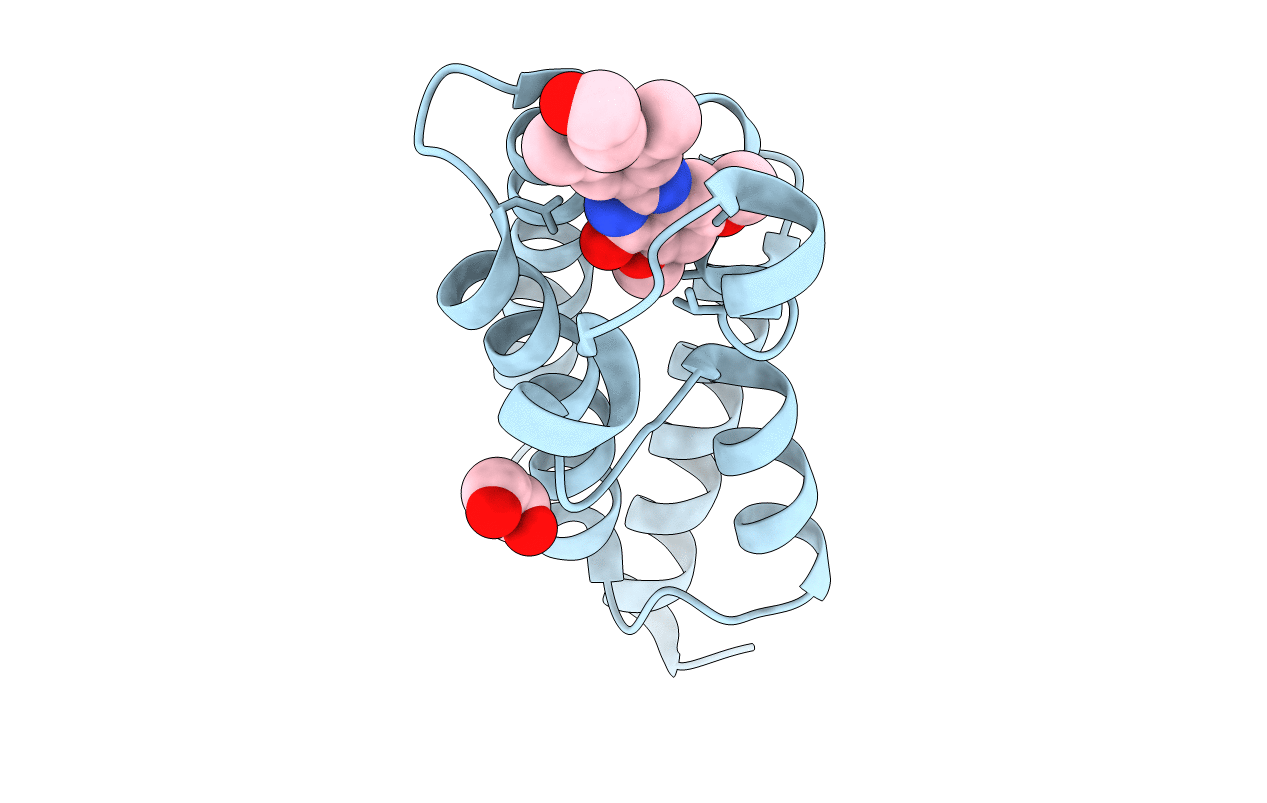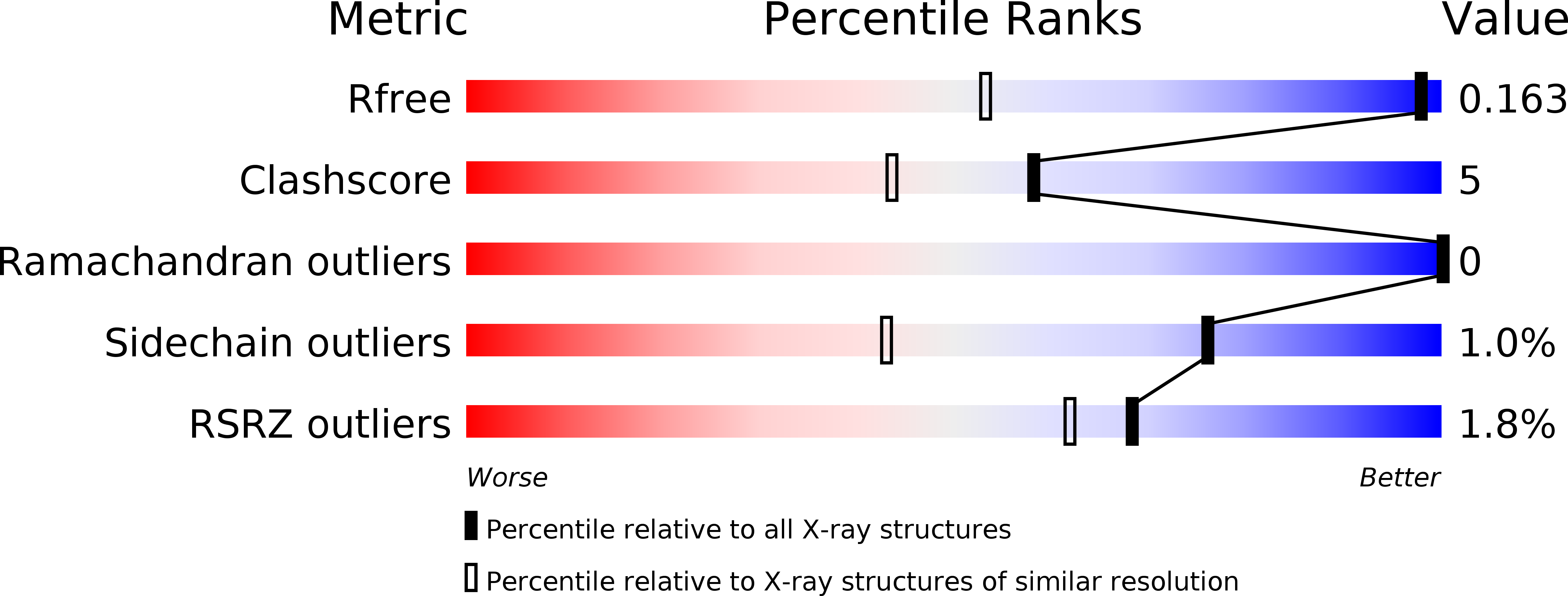
Deposition Date
2013-02-01
Release Date
2014-01-15
Last Version Date
2023-09-20
Entry Detail
PDB ID:
4J1P
Keywords:
Title:
X-ray crystal structure of bromodomain 2 of human brd2 in complex with rvx208 to 1.08 A resolution
Biological Source:
Source Organism:
Homo sapiens (Taxon ID: 9606)
Host Organism:
Method Details:
Experimental Method:
Resolution:
1.08 Å
R-Value Free:
0.15
R-Value Work:
0.12
R-Value Observed:
0.12
Space Group:
C 2 2 21


